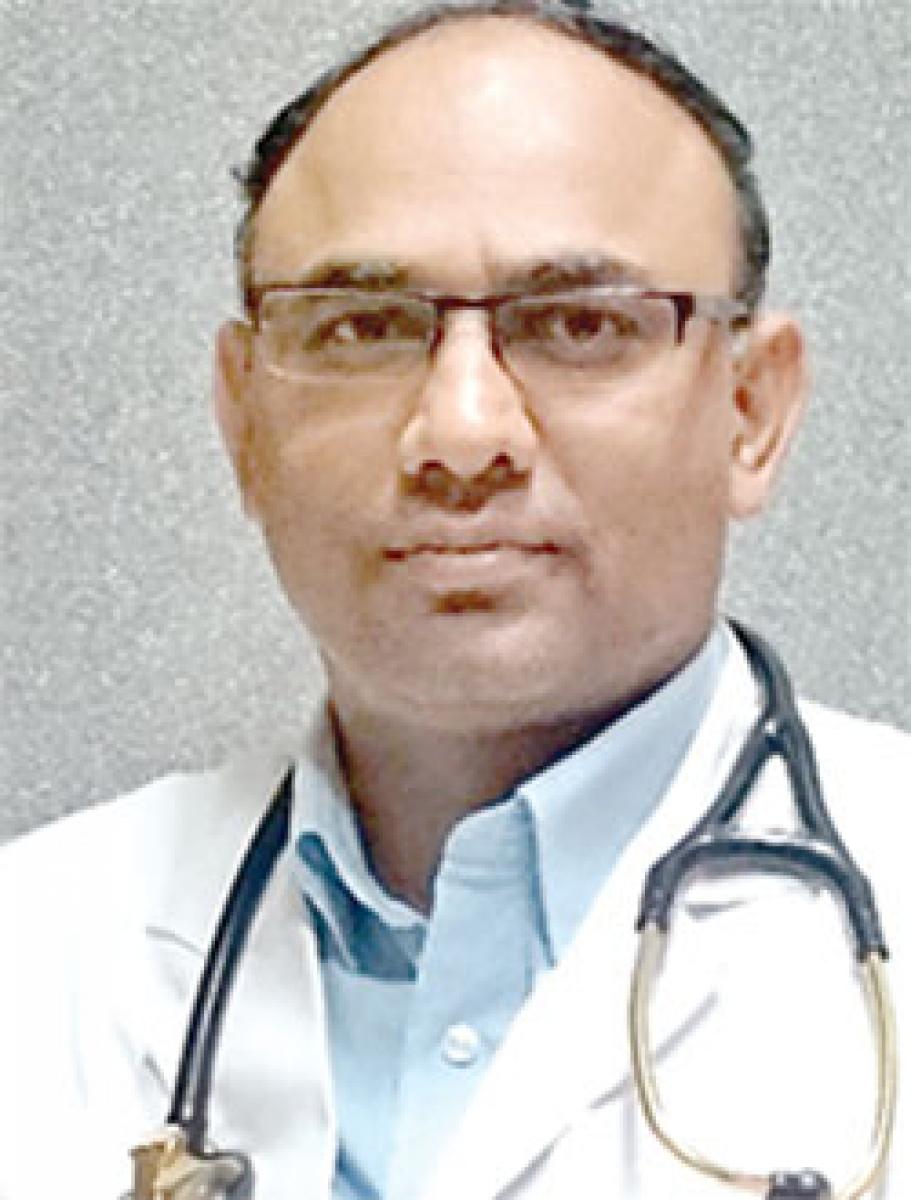Live
- Aishwarya Rai Bachchan’s Sister-in-Law Shrima Rai Shares Cryptic Post After Taking a Dig at Her
- Karnataka: Congress ministers indulge in lobbying ahead of Cabinet reshuffle
- Tur, urad prices have fallen in last 3 months: Govt
- NASA Alert: 130-ft Asteroid 2024 WQ2 Racing Past Earth at Over 62,000 km/h – Should We Be Concerned?
- What is UNSC Resolution 1701 and How it Relates to the Israel-Lebanon Ceasefire
- CM Mohan Majhi reviews preparedness at BJP state office ahead of PM Modi's visit
- Lisandro Martinez available for selection against Bodo/Glimt confirms Amorim
- Shivakumar appeals Union Forest Minister to expedite environmental clearance for Kalasa-Banduri project
- V Jagadishwar Goud Inspects Development in Serilingampalli Constituency
- Hyderabad Water Board Cracks Down on Illegal Nalla Connections, Orders Criminal Cases





.jpg) Diabetes is commonly known as high blood sugar levels. More significantly, though, it is a clinical syndrome that manifests as hyperglycemia caused by absolute or relative deficiency of glucose regulatory hormone, insulin. The lack of insulin affects metabolism of carbohydrates, proteins and fats and can cause significant disturbance of water and electrolyte homeostasis. In severe cases, death can result from acute metabolic decomposition.
Diabetes is commonly known as high blood sugar levels. More significantly, though, it is a clinical syndrome that manifests as hyperglycemia caused by absolute or relative deficiency of glucose regulatory hormone, insulin. The lack of insulin affects metabolism of carbohydrates, proteins and fats and can cause significant disturbance of water and electrolyte homeostasis. In severe cases, death can result from acute metabolic decomposition.



